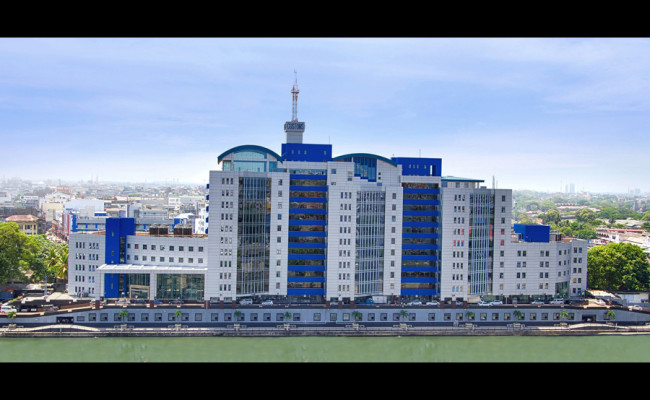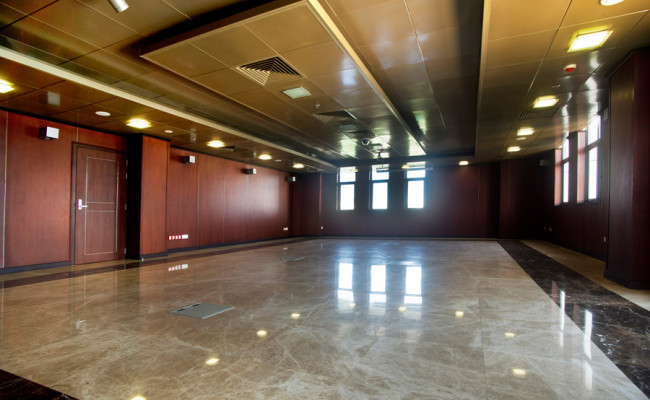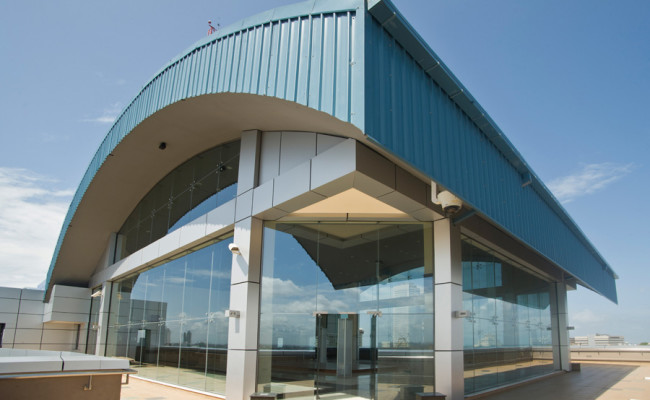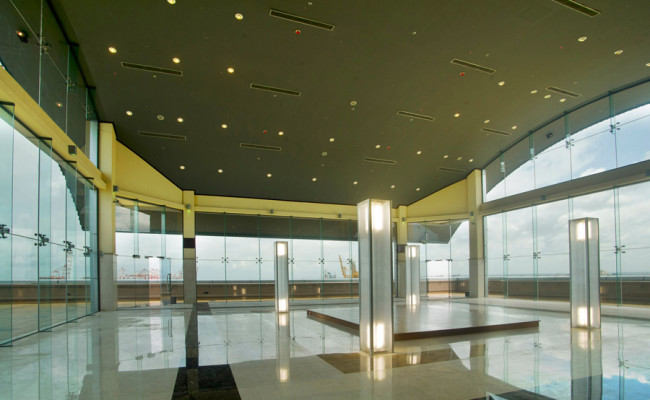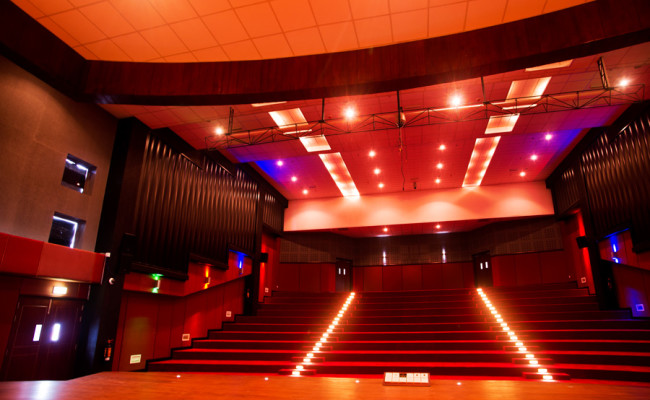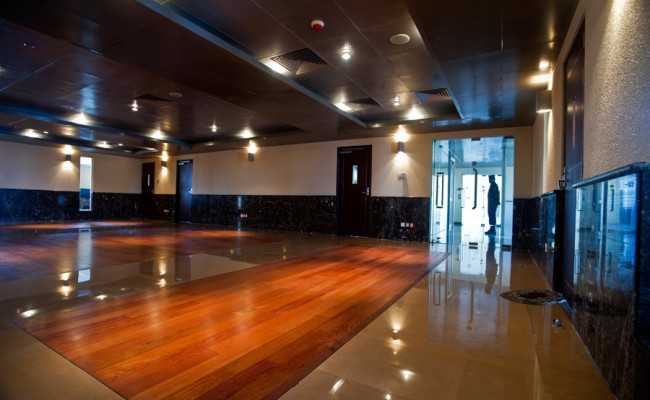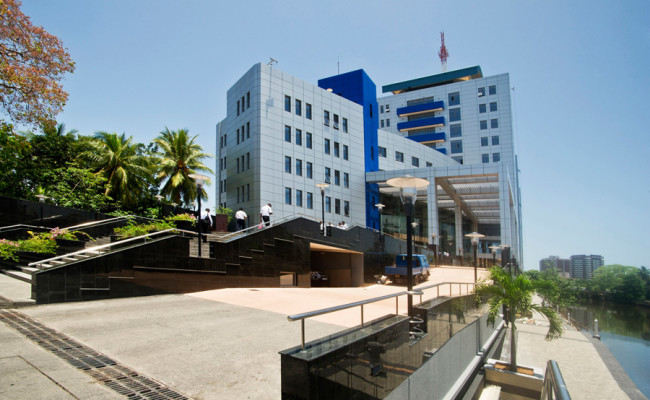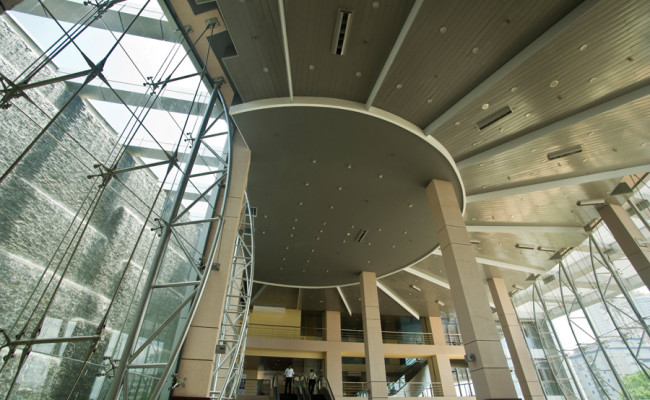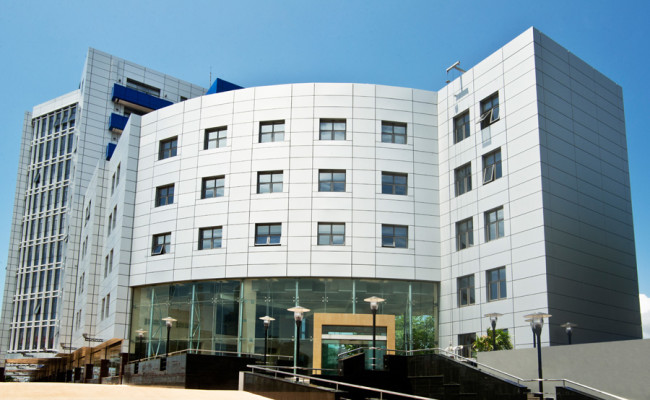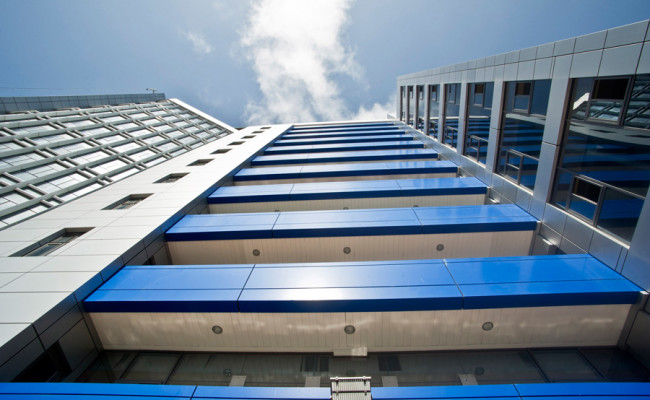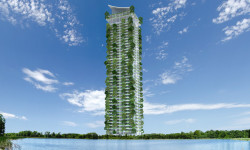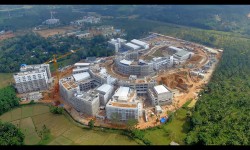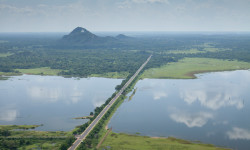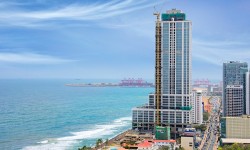In the last 3 years, large-scale infrastructure projects, urban development and rural infrastructure development have come to the forefront of national development goals. In May 2012, we completed the construction of the New Headquarters of the Sri Lanka Customs, a large-scale building project whose main civil works was completed at a value or LKR 4.2 Billion. As the main contractor for this project, Maga Engineering played the lead role in bringing this project to life for its client, the Sri Lanka Customs. We were partnered by the State Engineering Corporation of Sri Lanka (SEC), who provided the state-of the-art design and engineering consultancy. Several leading MEP constructors in the country carried out specialized services work of the building under our supervision.
With the nation’s economic growth being fueled by our exports sector as well as the import sector bringing in new opportunities to our industries and societies, Sri Lanka Customs, plays a major role in ensuring the smooth flow of transfer operations of goods and predominantly ensure the integrity of transfer operations. The building holds a national importance as it has allowed a vital government institution to bring together its administrative divisions and human resources base, previously scattered across the city, in to one central location within its 430,000sqft floor area spanning 13 floors. This has further strengthened and boosted their daily operations allowing them to function more efficiently than before. The project locations proximity to the primary functional base of its operations, the Colombo port, also allowed Sri Lanka Customs to gain vital savings in operational cost that were previously incurred for administrative functions.
Aside from space for its administrative functions, the building also includes a state-of-the-art theatre for seminars, a restaurant, a museum, comprehensive recreational and car parking facilities. Managed using a modern Building Management System (BMS), the building also contains state-of-the-art aluminum façade which highlights its presence as a modern architectural landmark in the city. The construction of this building was conducted as a time of a relative depression in the building sector. It also allowed several specialized constructors in the fields of Building Management System (BMS), Building Façade and Mechanical & Electrical services to significantly develop their capacity in their respective fields.

